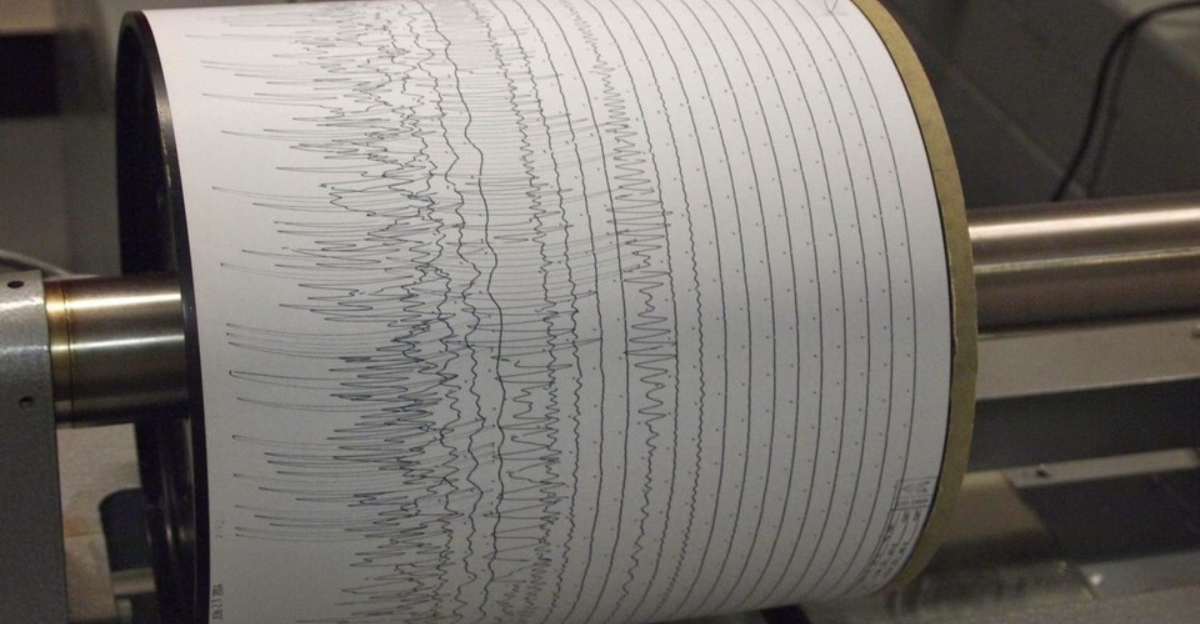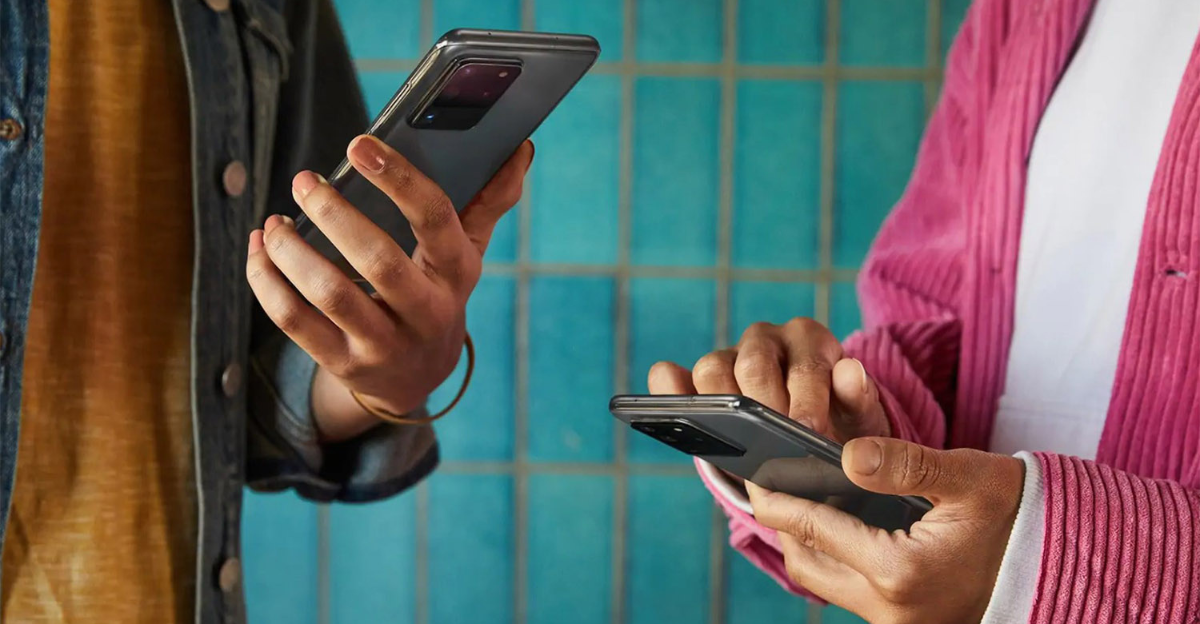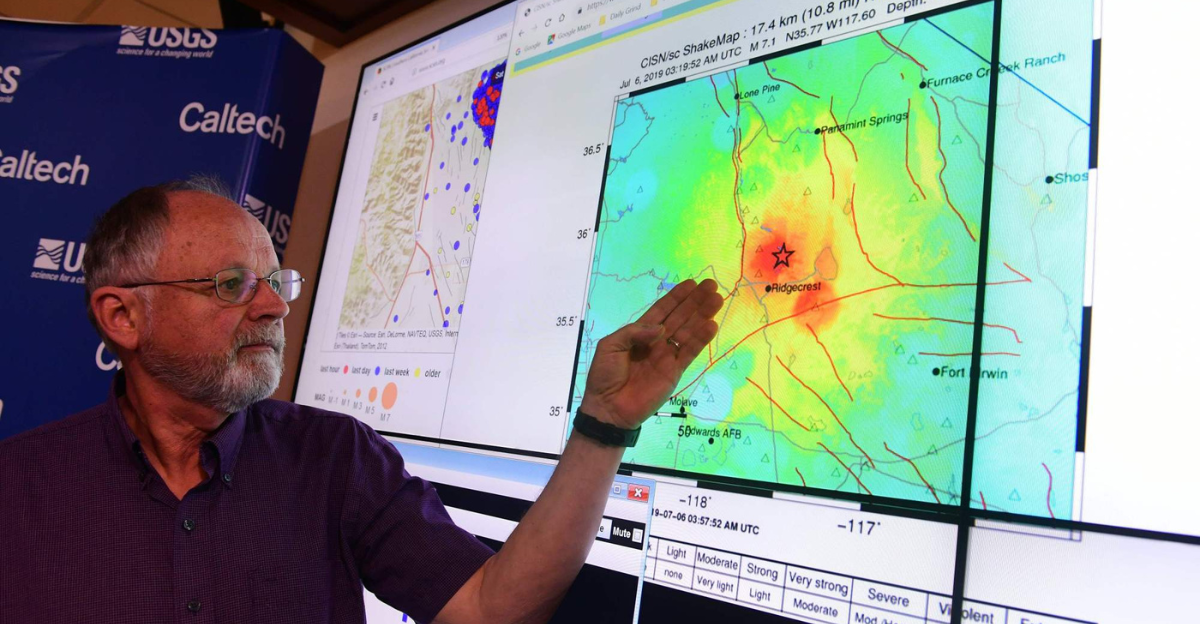
Most people don’t realize just how common earthquakes are around the world. According to scientists, there are actually thousands of earthquakes occurring each day. Luckily, these earthquakes are rarely deadly enough to kill large numbers of people or create millions of dollars’ worth of property damage.
That doesn’t mean that large-scale earthquakes don’t happen. Of the estimated 500,000 earthquakes that happen each year, 100,000—around 20%—are strong enough to be felt by people. A major earthquake, with a magnitude of 7 or more, occurs about once every month, and a great earthquake, with a magnitude of 8 or more, occurs about once every year.
Scientists Have Been Attempting to Create Earthquake Detectors for Hundreds of Years

The first attempt at building a seismoscope occurred in 132 AD when Chinese scholar Zheng Heng built what he called an earthquake weathercock. The first seismographs were built in the 1700s and the 1800s.
The world got together in the 1960s to create the first Worldwide Standard Seismograph Network. This network saw scientists from around the world group together to share notes and studies in an attempt to be more aware of when new earthquakes would hit and to determine the potential magnitude.
There Are Now Several Tools to Detect Earthquakes

Scientists don’t need to rely solely on seismographs anymore to detect quakes; they have other tools as well. This includes GNSS (Global Navigation Satellite Systems), which creates satellite data that can be used in coordination with seismographs to better predict disasters.
Also used are fiber-optic and distributed acoustic sensors. These help to detect any kind of vibration or ground deformation. This equipment can even be used underwater, which is critical when detecting the possibility and strength of future earthquakes. Scientists also rely on MEMS sensors, which are affordable and sensitive.
Google Has Incorporated Earthquake Tech into Android Phones

These days, your phone can perform many functions that keep you safe, including heart rate monitoring and air quality alerts. When designing their Android smartphones, Google included an early earthquake detection feature. While this may only notify a person seconds before, it at least gives them a chance to get to safety.
The feature works by detecting if multiple phones are experiencing shaking at the same time. If they are, that data is sent to Google, and the company uses algorithms to determine the location of the threat and relays that message back to its users.
The Feature Did Not Work as Intended During a Massive 2023 Turkey Earthquake

In February 2023, Turkey was hit by two major earthquakes at the same time. These disasters were especially severe, and more than 55,000 people died. While Google did send out alerts to some users, it was unable to notify people of the looming threat on a mass basis.
Considering the strength of the earthquakes, Google should have sent out its most severe warning, which may have given people extra time to get to safety. Google recently admitted that its algorithms had underestimated the strength of the tremors.
Many People Were Asleep When the First Earthquake Hit

Part of what made the first 2023 Turkey earthquake so devastating was the fact that most people were still sleeping when the first of the tremors hit. Buildings that fell into rubble were full of people still in their beds, and those people didn’t have a chance.
Google had mostly sent out its Be Aware warning to customers. This message would not supersede a do-not-disturb warning or a phone offline. Instead, the service should have sent out its strongest warning, which would have overridden whatever settings people had on their phones at that point.
Many People in Turkey Have Android Phones

What made the situation in Turkey all the more frustrating was the fact that Samsung phones are incredibly popular there. It is estimated that around 70% of people living in Turkey have Samsung Android phones.
Google’s earthquake detection system is meant to work better when it has more phones to pull data from. With so many people having Android phones in the lead-up to the earthquakes, it means that the feature should have worked better. But that is not what occurred on that fateful February day.
Google Initially Said the Feature Performed as Intended

In the aftermath of the two Turkey earthquakes in 2023, Google said that its feature had worked in the way it was supposed to and that alerts had been sent to the people who needed them. But they changed their stance after more time had passed.
Today, Google admits that its system could have worked better and that the sheer force of the earthquakes prevented it from working as planned. Google also said that it would take what it had learned from the natural disaster to improve the product.
Scientists Say That No Tool is Perfect

There are many tools that scientists use to try to get ahead of dangerous earthquakes. And no one tool works better than the others. The best way to prevent mass destruction is to gather the data received by all the tools.
Google’s earthquake alert system was not only new, it was also relatively untested. And while the technology behind the feature will definitely be improved, scientists warn not to rely on one tool, but several. Google’s product can be added to that list.
Conclusion

Google made a noble effort in creating a phone feature that could save people’s lives. And when technology is new and untested, it might not perform the way that it is supposed to in the heat of the moment.
While it may not lessen the tragedy that happened in Turkey in February 2023, it did serve as a test for Android’s system. And now Google will go back to the drawing board to make sure that the same problem doesn’t occur again. Hopefully, the next time a severe earthquake is looming, Google will be able to help save people’s lives.
